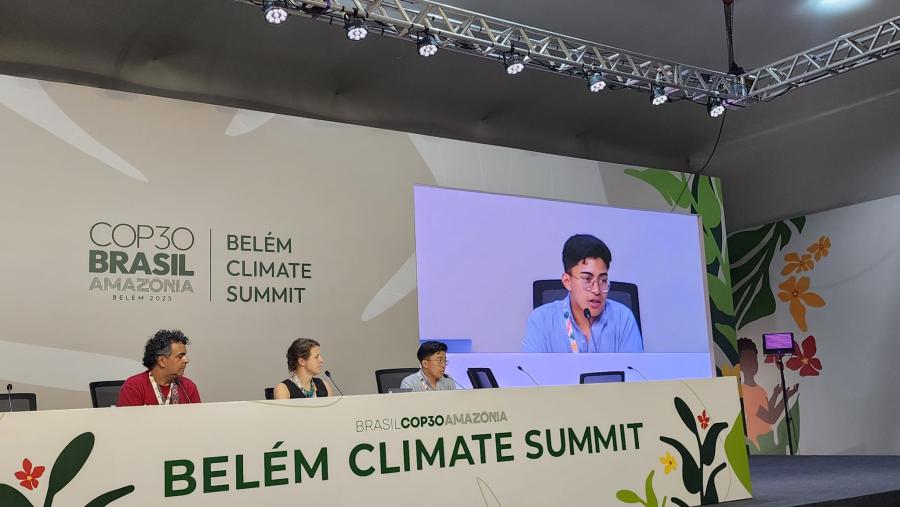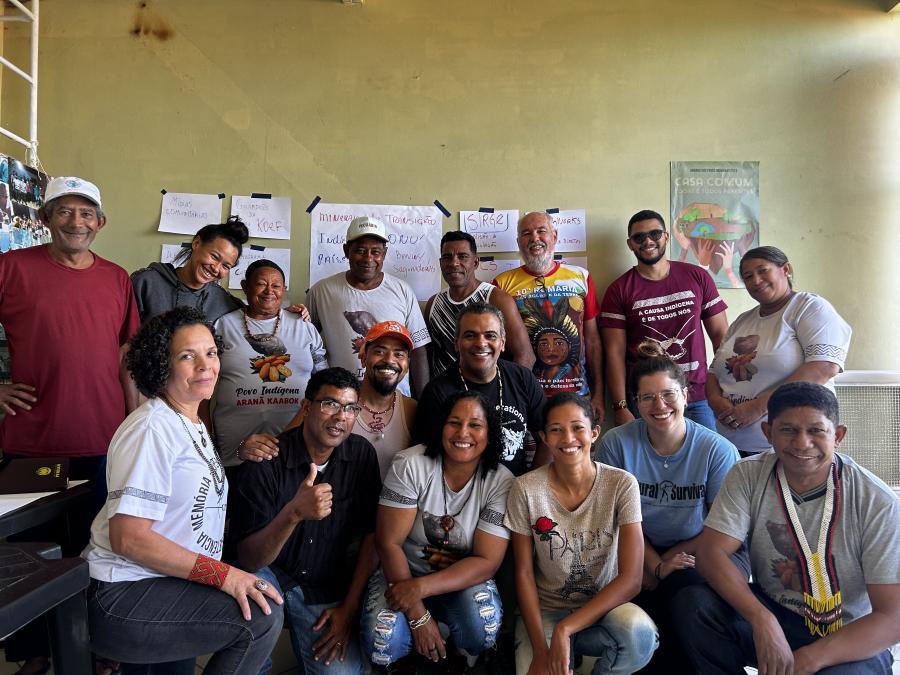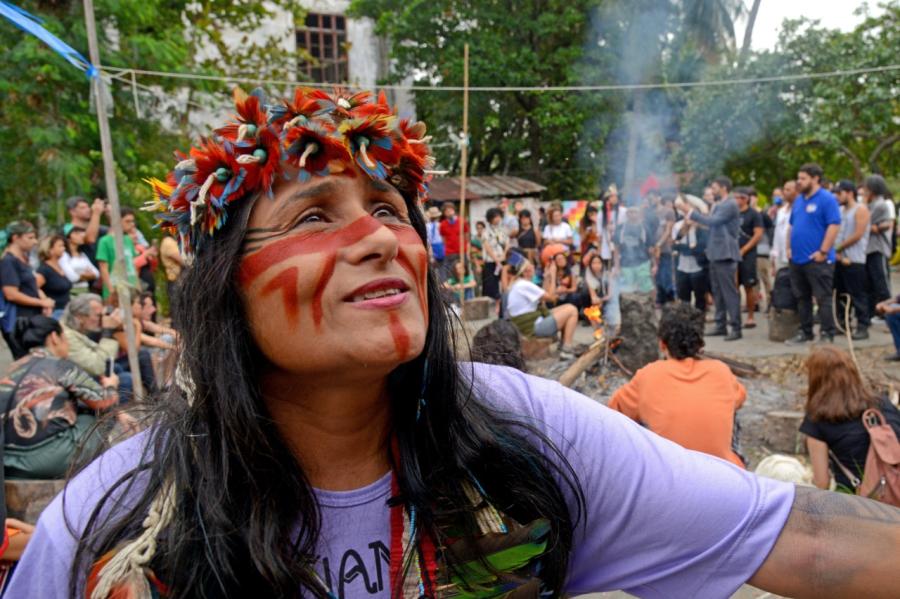One of the most significant developments in Brazilian Indigenous Peoples’ land rights took place in March, when the country’s Supreme Court issued a decision on the Raposa do Sol Indigenous territory in northern Brazil. The decision on March 19 ended more than 30 years of struggle by the region’s Indigenous Peoples to reclaim their land from farmers and development, and for those peoples the decision was a major victory. The court ordered all non-Indigenous people to leave the 6,500-square-mile reserve, with compensation for their losses, and that transfer appears to be happening with little disturbance. This is a major change from the reaction to a similar lower court decision in 2005, when farmers refused to leave, hired private troops to attack Native communities, and burned bridges to keep government forces out.
But for Indigenous Peoples across Brazil, the Raposa do Sol decision is a decidedly Pyrrhic victory. In writing his opinion, Justice Carlos Alberto Menezes Direito described 19 conditions that would apply in the future to any Indigenous land claims, and those conditions do much to set back the gains Indigenous Peoples have made in Brazil over the past 20 years. For example, the conditions permit the government to construct roads, buildings, communications networks, and military bases on Indigenous lands without consulting Indigenous Peoples, if the government believes these would serve the nation’s interests. Any part of Indigenous lands could be appropriated as conservation areas, to which Indigenous Peoples would then have limited access and no management authority at all. The decision also reinterprets the application of the 1988 constitution.
As anthropologist Gilberto Azanha explains, “Beyond deciding that all cases of Indigenous land demarcation will be reviewed by the Supreme Court, the judges decided two things, and these presumably will automatically became law. First, Indigenous occupation of any given territory must have been “anthropologically proven” as of October 5, 1988, the date that the federal constitution went into effect. Second, the decision prohibits the expansion or enlargement of any existing Indigenous territory. In effect, the court is saying that Indigenous peoples who had been expelled and whose lands had been expropriated in the past no longer can make claims to recoup their former territories, since they did not fully occupy them on October 5, 1988. The court is essentially washing its hands of the state’s obligation to consider innumerable legitimate claims in which Indigenous Peoples seek to either recoup their territories or to have the state reconsider the boundaries of current areas. The decision allows any party that feels wronged by an allocation of Indigenous lands (for example state governments) to take its complaint directly to the Supreme Court. Any area that has been occupied by non-Indigenous peoples after October 5, 1988 is automatically disqualified from being characterized as ‘Indigenous land’ because it has been occupied by non-Indigenous people. There are dozens of cases—in the northeast, in the Amazon region—that are in this situation. This is particularly true of Indigenous populations who, to avoid ethnic discrimination, harassment, and pressure from more powerful regional interests, hid their identities for decades but who now feel strong enough to once again assert their Indigenous identity and demand the return of their lands.”
In cases where Indigenous groups have won demarcation of some of their lands, these territories could not be expanded to include other areas that they formerly occupied if the existing demarcation took place before October 1988. The Xavante people fall into this category; the legally recognized territories they now occupy are small, isolated islands within a much larger region that they once roamed as semi-nomadic hunter-gatherers. Some 60 similar cases are now in line to be reviewed by the court.
Another major implication of the court ruling is procedural. Until now, the validity of land claims was determined by the office of the Attorney General and FUNAI, the state agency responsible for Indigenous issues. These two entities worked with Indigenous Peoples, anthropologists, and other professionals to determine both current and historical patterns of land use. The results of their studies established the basis for the legal demarcation. But the court ruling suggests that from now on, cases that involve Indigenous land will be decided by the Supreme Court itself.
The full implications of the decision will not be known for some time, but it looks like Brazil’s Indigenous Peoples will continue to have an uphill battle to reclaim their land.



